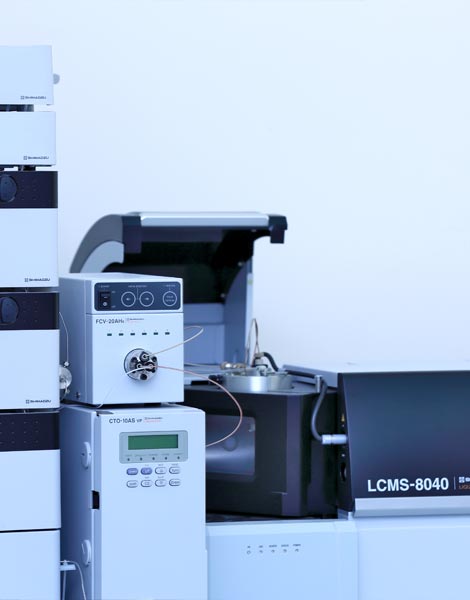Hygiene & Baby-care Products Analyses
BPA is the abbreviation of Bisphenol A, and today it plays an active role in the production of substances such as plastic, nylon, polyester and PVC. It is also used as a coating material in polycarbonate plastics, inside food packages such as cans and juice boxes. The plastic used is recycled plastic. BPA passes into the food it comes into contact with, and this work of penetration increases with temperature. One of the most dangerous uses of BPA is in feeding bottles and training cups. If you warm your baby's milk in a bottle, this Substance easily passes into the milk. BPA is mostly found in water bottles, storage containers, demijohns and glasses in our daily lives.
According to the regulation on the Registration, Evaluation, Authorization and Restriction of Chemicals (KKDIK) prepared by the Ministry of Environment and Urbanization, which harmonizes REACH, all product groups that will be put up for sale or on sale within the framework of the inspections to be made, with the applications to be made for the domestic market must meet the restriction conditions specified in Annex 17. At this stage, our laboratory contains Bisphenol A, Nitrosamines, Phthalates, etc., which should not be present or limited in this type of products. Detection of harmful chemical compounds can be done as accredited with our latest Technological Instrumental devices. At this stage, our laboratory is able to detect Bisphenol A, Nitrosamines, Phthalates and similar harmful chemical compounds, which should not be present or limited in such products, with our state-of-the-art technology devices.
Hygiene & Baby-care Products Analyses Experiment Table
Hygienic products - Baby-care Products - Quantification of Phthalates (using GC-MS)
CPSC-CH-C1001-09.4
0,5 gr
Hygienic products - Baby-care Products - Determination of Bisphenol A (using LC-MS-MS)
EN 1400+A2 Article 10.6 TS EN 1400+A2 In-house Method --AY-EKL-104 (BS EN 71-10 Art. 6.4 (pre-treatment) BS EN 71-11 Art. 5.5.2 (analysis) based)
4 gr
Hygienic products - Baby-care Products - Child Use and Care Articles - Elastomer or Rubber Pacifiers and Teat Caps Toy Safety, Part 12: N-Nitrosamine and N-Nitrosatable Substances (using LC-MS-MS)
TS EN 71-12, EN 12868 TS EN 12868
10 gr
Hygienic products - Baby-care Products - Determination of Extractable Cadmium
CPSC-CH-E1004-11
5 gr
Hygienic products - Baby-care Products - Determination of Nickel Release from Products that Can Come into Direct and Prolonged Skin Contact (using ICP- MS)
BS EN 1811
5 cm²
Cord and Drawstrings Used in Children's Clothing
TS EN 14682
2 pieces


